Ben Zinn Helped Pioneer America’s Space Program
He was a soccer star in Israel before coming to America in the 1950s at the dawn of the space age.
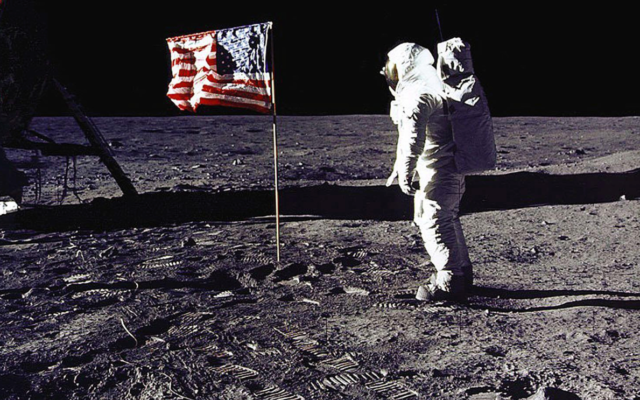
When Ben Zinn was a teenager growing up in Israel, he lived only to play basketball and soccer, his favorite sports. His prized possession was a pair of black basketball shoes that his uncle had sent from America. Education was an afterthought. However, that all changed one day when he was 15.
His father, a poor Polish immigrant who lost most of his family in the Holocaust, struggled to pay his son’s school tuition. When he was told one day that his son was flunking his classes, he took action. Seventy years later, Zinn remembers the thrashing he received then.
“I’ll never forget the beating of my life. And after that, he took my American Keds, those basketball shoes I loved, and he cut them to shreds. He told me I could play soccer only if I brought my grades up to a ‘B’ average.”
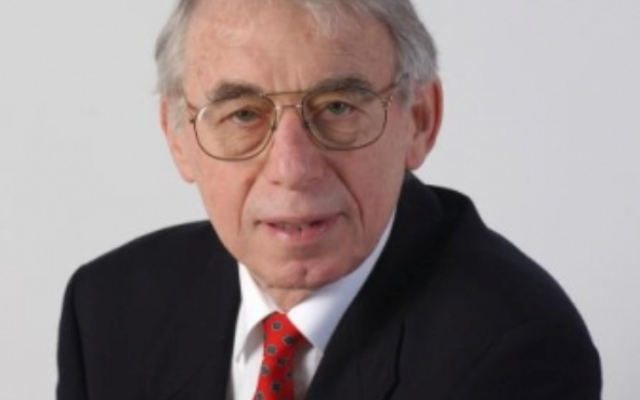
It was a transformative experience for Zinn, who realized at that moment that if he wanted to get what he wanted out of life, he had to use his head as well as his athletic ability. That lesson eventually led him into a career as a pioneer in rocketry and aerospace engineering.
Today, at the age of 85, he is retired from Georgia Institute of Technology where he was the David Lewis chair of his department and a Regents’ professor of aerospace engineering. He’s won every important award in his field.
But as a poor boy from what was in the 1950s a poor country, Israel, the future academic superstar first became something of a soccer superstar. He was among the youngest players on the Israeli Army national team when they toured America. One of his fondest memories is of a game in 1957 in Brooklyn where he found himself standing next to Marilyn Monroe and her husband, the famed playwright Arthur Miller.
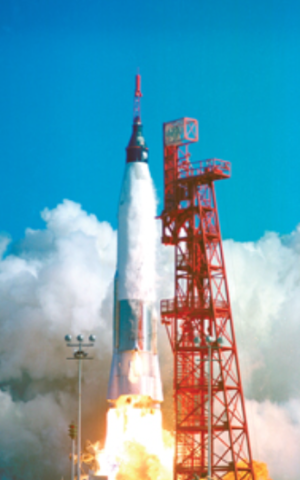
Even though he hardly knew a word of English, his athletic ability won him a scholarship at New York University. It helped launch him on a career that dwarfed his accomplishments as an athlete.
“If I had stayed in Israel and went to school there, there’s a good chance that I would have been a soccer coach,” Zinn recalls. “Because many of the people who played there, this is where their career ended.”
He soon found that the real excitement he craved was not on an athletic field but in a laboratory. He went on to do graduate work at Stanford University and Princeton University, where he did research for NASA, the National Aeronautics and Space Administration, which had just recently been established.
When he received his PhD in aeronautical engineering in 1965, the United States was locked in a desperate space race with Soviet Union. That same year, Zinn came to Georgia Tech to start the graduate program in aeronautical engineering. Three years later, America put a man on the moon. Opportunities were everywhere.
Without giving much thought to a carefully structured career plan, Zinn had landed in the middle of a critical moment in the history of technology. The space race propelled human beings into orbit and started scientists like Zinn on meteoric careers.
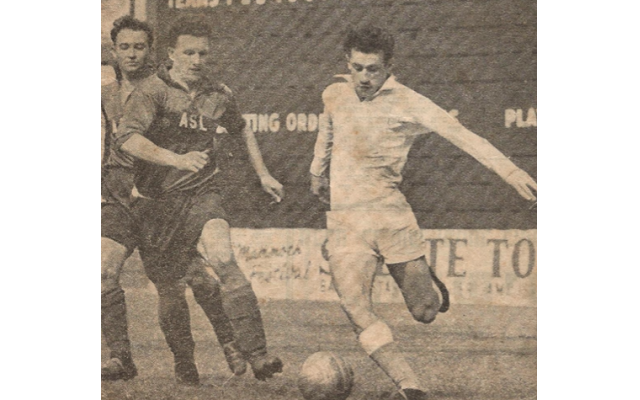
Early on, he tackled the problem of why so many powerful space vehicles were blowing up soon after their launch. Not only did his research improve NASA rocketry, but it improved the performance of such diverse technologies as helicopters, gas turbines and the performance of ships at sea. He did work for the U.S. Army, Navy and Air Force, the federal Department of Energy and some of the world’s largest aerospace companies.
Before he retired, Zinn built Georgia Tech’s program into one of the top five academic aerospace engineering centers in the country. Its graduates are found in all the big-name engineering firms in America and around the world. For years, he worked with engineers from Rafael Advanced Defense Systems, the Israeli defense contractor that played a crucial role in developing Israel’s Iron Dome anti-missile system. Ultimately, Georgia Tech named one of its largest industrial laboratories after Zinn.
His father, who, on a fateful day in 1952, had shredded his son’s basketball sneakers and demanded that he shape up, died before he could fully enjoy his son’s success. But he did live long enough to see Zinn present one of his first papers at Israel’s Technion, the country’s prestigious technical university. Zinn knew then that he had done his father proud.
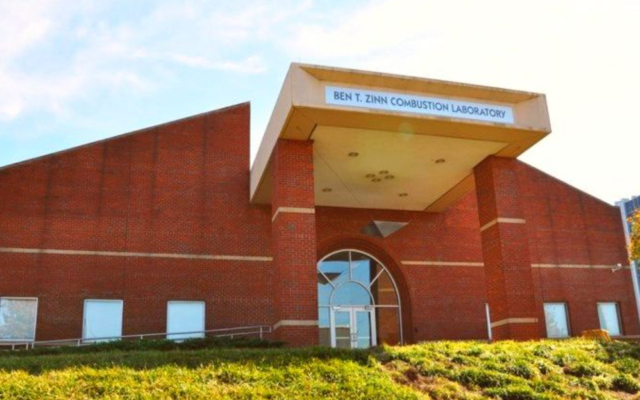
“He used to collect the clippings from my career in soccer and later from the universities I attended. Before he died, he came to see me give my paper in this big lecture hall at one of the best universities in Israel. I looked out into the audience, and he had a smile on his face from ear to ear.”
- Then & Now
- Community
- Bob Bahr
- Ben Zinn
- holocaust
- Keds
- Georgia Institute of Technology
- aerospace engineering
- Israeli Army national team
- Marilyn Monroe
- Arthur Miller
- New York University
- NASA
- Soviet Union
- U.S. Army
- Navy and Air Force
- federal Department of Energy
- Rafael Advanced Defense Systems
- Technion
- Iron Dome



comments